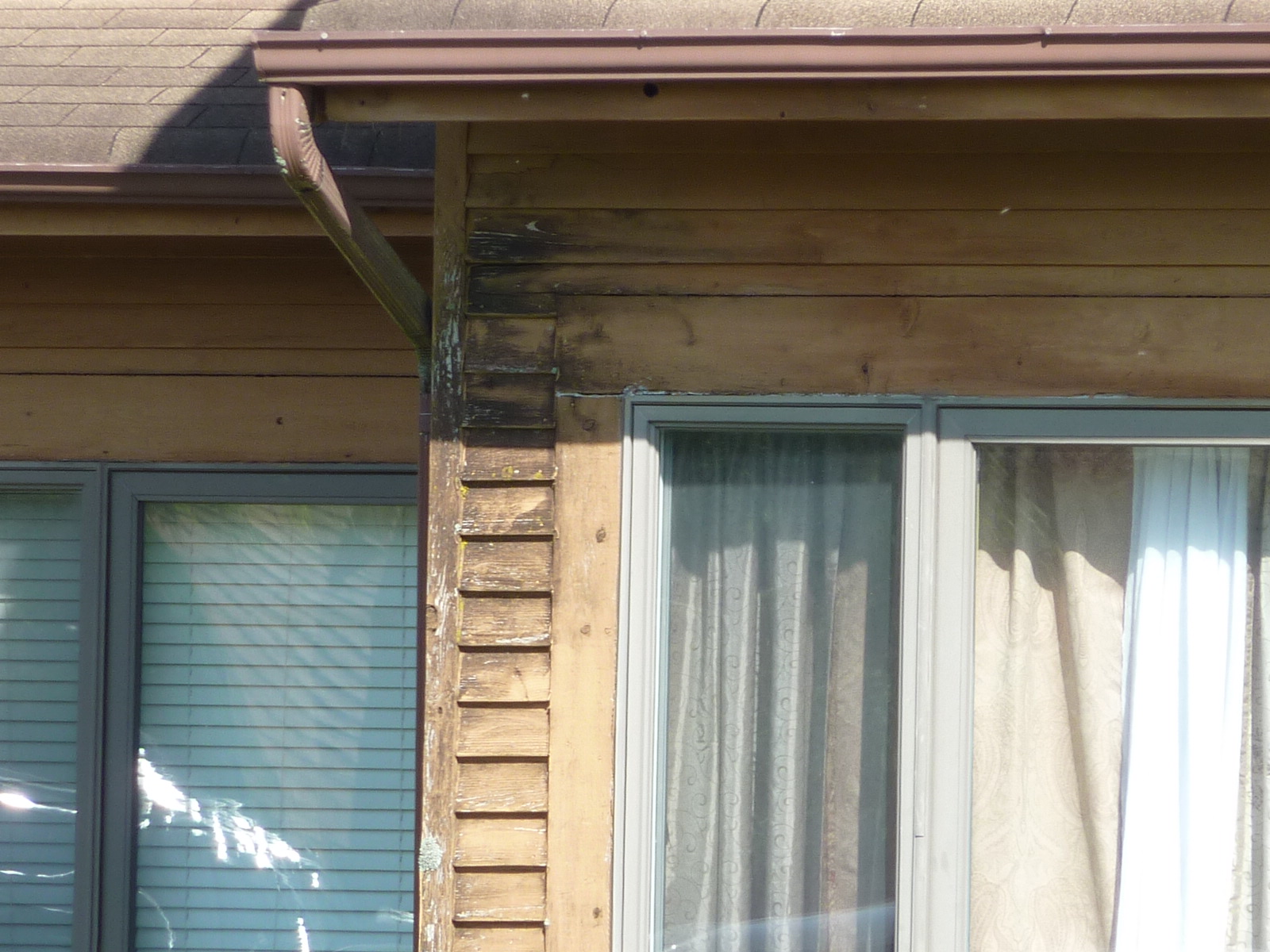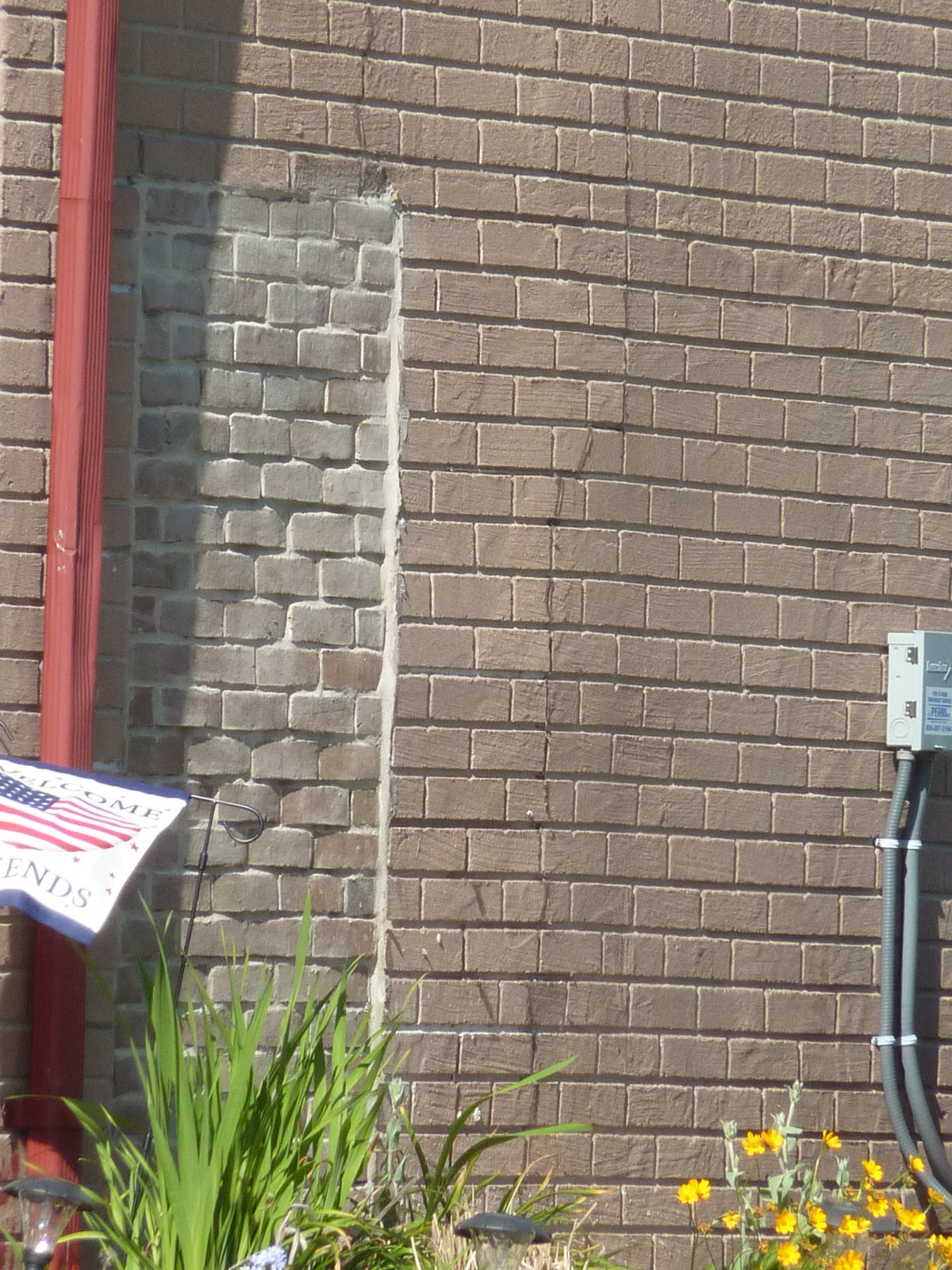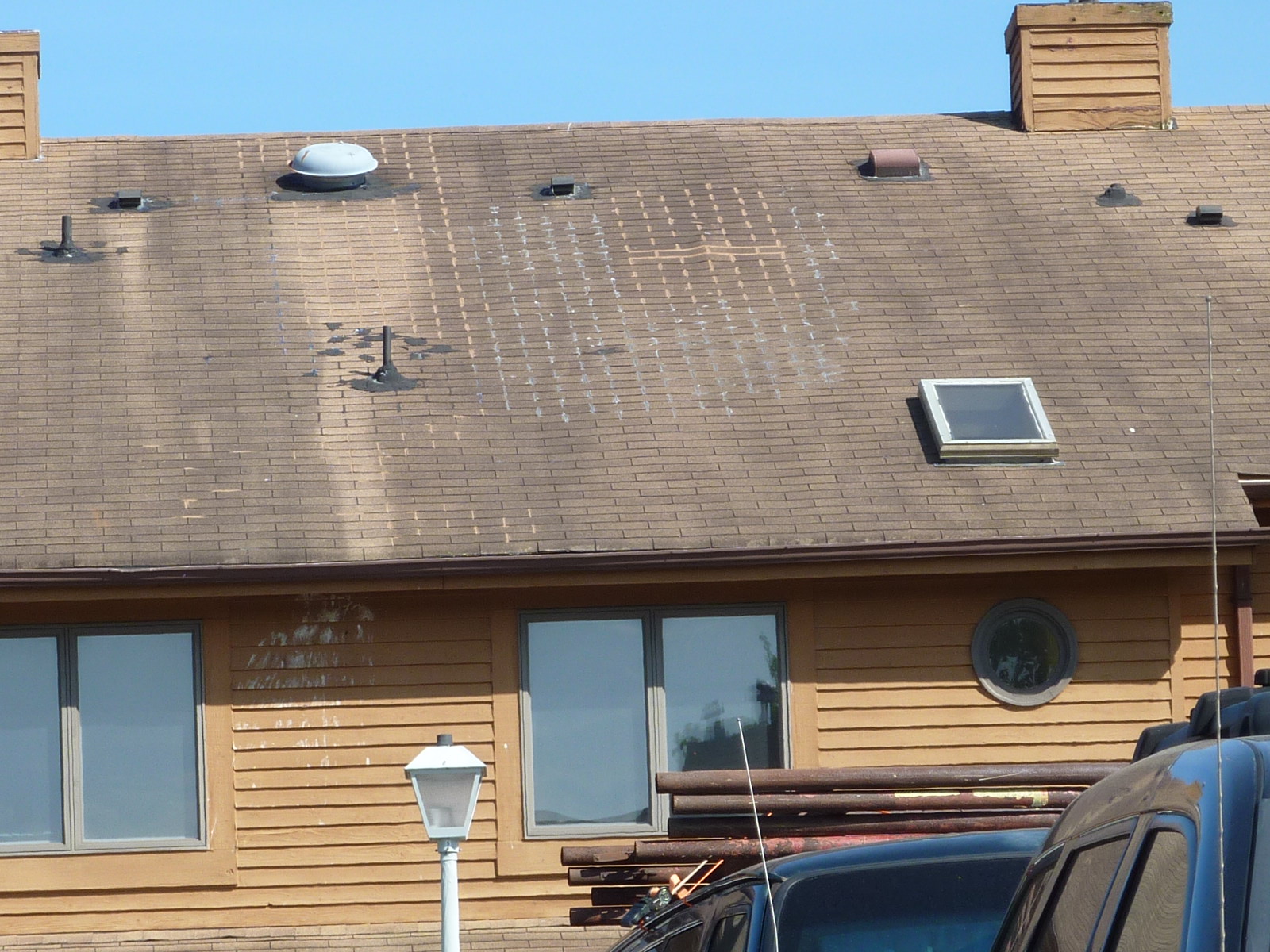– CHANCE INFESTATION OR WREAKLESS ENDANGERMENT?
Those monthly maintenance fees. We keep paying them month
after month and we are assured of our homes being well maintained
and kept truly safe.
But are we? You? Your children?
As observed in any city, town, village and condominium community,
the competency, concern and honesty granted an association of
owners is written upon the face of the buildings. Shiny and new or
shabby and faultering and the character and integrity of those
responsible becomes apparent.
Hidden within and posing one of the biggest and potentially deadly
threats to the health of our community’s families, from the strongest
adults to the most fragile of babies. Even pets can’t escape the danger.
Little known are the many buildings in our community containing
the growth and “infestation” of mold. Refused and neglected repairs
have created a ticking time bomb. As water leaks continue through
roofs, windows and siding, mold develops to gain a nest in the attics,
ceilings, walls and floors. Festering and waiting.



As mold grows, it can become extremely expensive to remove, but
even more costly to treat the serious health disorders.
As noted on the website “mold-advisor.com“, the effect to health
can be devastating;
Mold Exposure Symptoms
Even short-term exposure to mold can trigger some common mold
health effects, similar to short-term exposure to other environmental
allergens. Symptoms usually start out mild and increase over time,
although some individuals are particularly sensitive to mold and they
may experience moderate to severe symptoms from the beginning.
Symptoms of short-term exposure to mold often include:
- Allergy symptoms, like itchy eyes, runny nose, sneezing,
and a stuffy head - Coughing
- Wheezing or shortness of breath
- Headaches
- Snoring at night, in people that did not previously snore
- Rashes, itchy skin
- Asthma attacks (1)
- Difficulty exercising
If you’re experiencing symptoms like these and you are aware of
a mold problem in your home, let your doctor know because it may
affect the prescribed treatment. If you’re having symptoms like
these and don’t know why, especially if you’ve never had environmental
allergy symptoms in the past, you might have a mold problem in
your home that you don’t know about yet. Take some time to check
for mold in your home.
Long-Term Mold Health Effects
- Long-term mold exposure symptoms are more serious, and may
include things like: - Worsening of asthma symptoms, which may be long-lasting
- Development of asthma, or asthma-like symptoms, in people not
- previously diagnosed with asthma
- Chronic sinus infections
- Chronic sore throats
- Respiratory infections, like bronchitis or pneumonia
- Bleeding in the lungs
- Depression
- Chronic fatigue
- Memory loss
- Chronic inflammatory response syndrome
Long-term exposure to mold can cause other symptoms, as well.
Different people respond differently, though the very young, the
elderly, and people with pre-existing health problems are more
susceptible to mold-related health problems. In some cases, mold-
related health problems can be very serious and even lead to
life-threatening complications.
So look around. Do you see any building long overdue for proper
maintenance? Can you tell how far the mold has grown?


Be the first to comment on "MOLD"